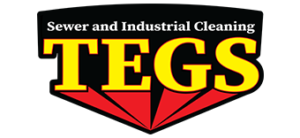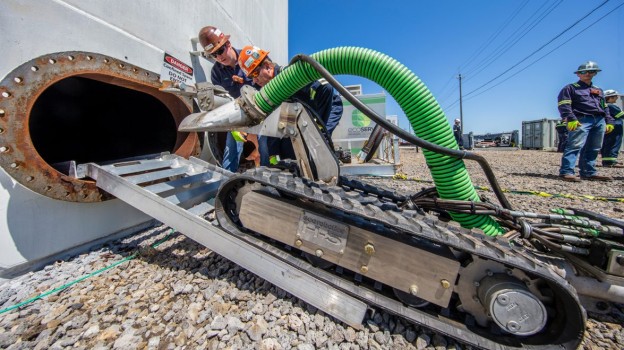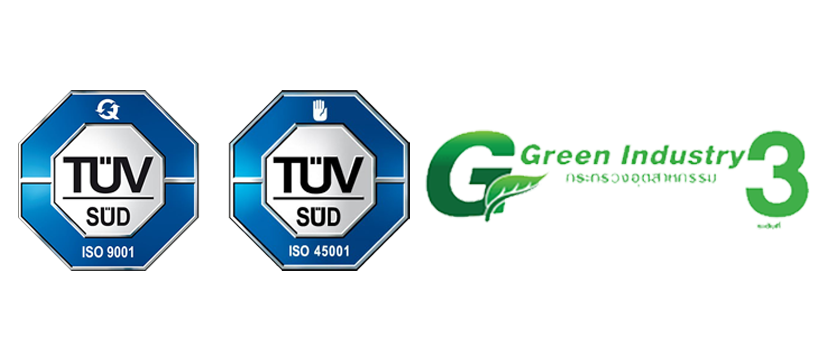Robotics in Industrial Cleaning Safety
In an era of rapid technological advancement, the use of robotics in industrial cleaning has become increasingly pivotal. We at our company have integrated this cutting-edge technology to transform how industrial cleaning tasks are approached, focusing heavily on safety and efficiency. Robotics in industrial cleaning not only streamlines operations but significantly enhances the safety conditions under which these tasks are performed.
Robots are engineered to handle complex and hazardous cleaning tasks with precision, minimizing human exposure to high-risk environments. This approach not only protects our team members but also ensures that the tasks are completed with a higher degree of accuracy and efficiency. By integrating robotics, we aim to set new standards in the industrial cleaning sector, particularly focusing on safety which is a top priority in environments like power plants and heavy machinery industries where traditional cleaning methods pose greater risks. Through detailed engineering and thoughtful application of technology, we are pioneering an approach that keeps our workplace safer and more productive.
Understanding Robotics in Industrial Cleaning
In recent years, we’ve seen a significant evolution in the field of industrial cleaning with the integration of robotics. Gone are the days of solely relying on manual labor for complex and hazardous cleaning tasks. Instead, we’ve embraced robotics, which offers both precision and capabilities that exceed human efforts in many aspects of industrial maintenance. These robotic systems, equipped with high-pressure water pumps and various attachments like lances and feeders, can navigate through tight spaces and perform cleaning tasks with high efficiency.
These robots are not just pieces of machinery; they are equipped with sensors and software that allow for smart decision-making. This means they can adjust their cleaning methods in real-time, responding to varying levels of dirt accumulation or different surface materials. As a result, they ensure thorough cleaning without damaging the surfaces they are working on, which is crucial in maintaining the integrity and functionality of industrial equipment.
Key Safety Benefits of Using Robotics for Cleaning Tasks
Deploying robotics in industrial cleaning tasks significantly enhances safety in our operations. Here’s how:
- Reduced Human Exposure to Hazards: Many industrial environments present conditions that can be dangerous for humans, such as exposure to toxic chemicals, extreme temperatures, or the risk of physical injury from operating heavy machinery. Robots can withstand such harsh environments, performing the necessary tasks without risk to human health.
- Consistency in Safety Standards: Robots can be programmed to follow strict operational protocols, ensuring that every cleaning task is performed with the highest safety standards. Unlike humans, robots do not experience fatigue or distraction, factors that often lead to accidents in the workplace.
- Emergency Response: Equipped with advanced sensing technologies, cleaning robots can detect abnormal conditions, such as excessive heat or the release of harmful gases, and can either initiate an emergency protocol or alert human operators to the danger.
By utilizing robots in our cleaning processes, we not only uphold the highest standards of cleanliness but also ensure that our workforce is safeguarded from potential industrial hazards, making our environment safer and more productive.
How Robotics Enhance Efficiency and Reduce Risks
In our industry, efficiency and safety are not just goals; they are imperatives. Robotics have revolutionized how we meet these demands, particularly in places that challenge human capabilities. By employing robotics equipped with high-pressure water jets and advanced navigation systems, we can complete tasks faster and with greater precision. These robots streamline complex cleaning tasks, from surface preparation to deep cleaning, without human intervention, thus speeding up the process and reducing downtime for maintenance.
Furthermore, robotics mitigate risks associated with industrial cleaning. Since they are operated remotely, our team can steer clear of potentially harmful environments, which drastically reduces accidents and exposure to harmful substances. The precision of these machines also means less risk of damage to critical components of machinery, which can be costly and hazardous to repair.
Future Trends: Robotics in Zacatecas Industrial Cleaning
As we look to the future, the role of robotics in industrial cleaning only seems set to expand. Innovations in AI and machine learning are poised to bring smarter robots that can predict cleaning needs, adapt to different environments, and make decisions in real-time. Imagine robots that not only clean but also inspect and report on the condition of infrastructure, all without human direction.
Moreover, we anticipate a surge in the integration of IoT (Internet of Things) with robotic systems, enabling real-time data collection and analysis. This technology will provide us with insights that could preempt potential issues, schedule automatic cleaning sessions, and even tailor cleaning processes to the specific soil level or type of dirt encountered.
Conclusion
As we continue to innovate and push the boundaries of what is possible with industrial cleaning, our commitment to using advanced technologies like robotics underscores our dedication to excellence. Robotics not only enhance the efficiency and safety of our operations but also allow us to offer superior cleaning services that can adapt to the evolving needs of industries. At TEGS Thailand, we are excited about the future and committed to being at the forefront of technological advancements in industrial cleaning.
If you are interested in how our industrial cleaning services can improve your operations, contact TEGS Thailand today. Let us show you the future of industrial maintenance with solutions tailored to meet your specific needs.




